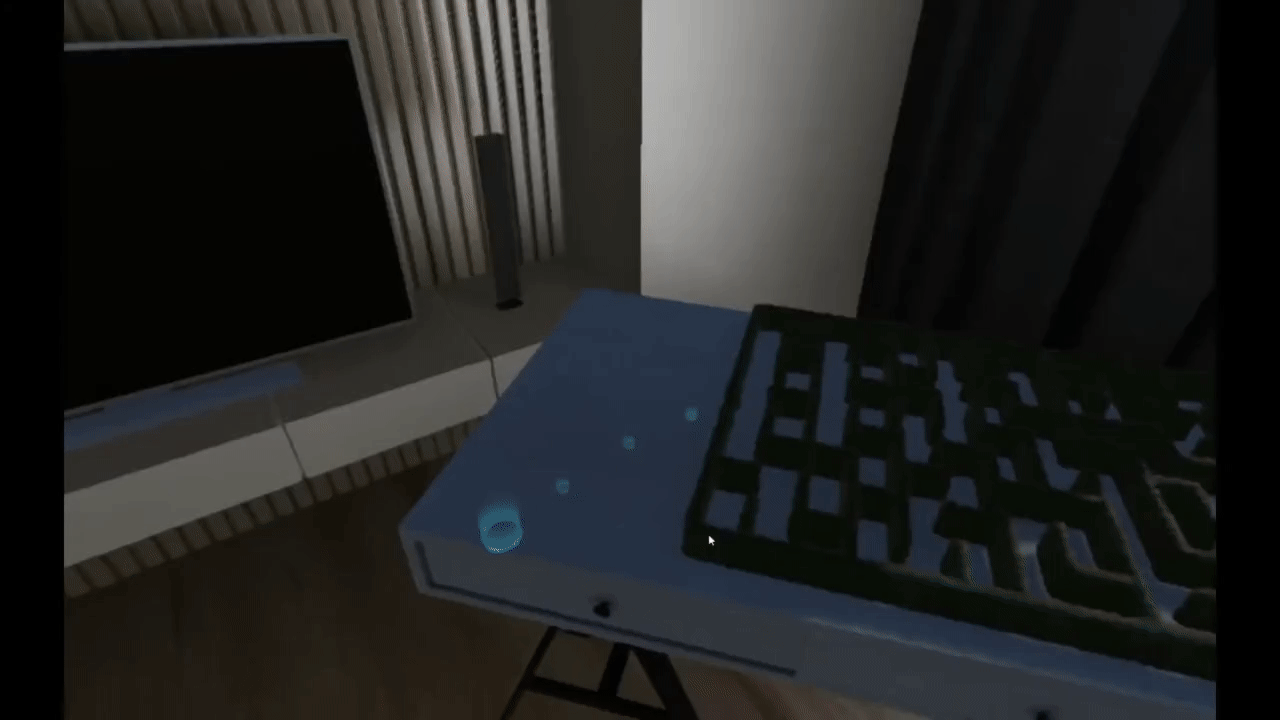HEIGHT AND SCALE IN SOCIAL VR






Sole author.
Published at NordiCHI 2018.
Full paper title: “Operationalizing Height and Scale in Room-scale Virtual Reality”.
This project summarizes the design findings from my master’s thesis, “The Effects of Height and Scale in Room-scale VR Network Applications”. Room-scale VR is a major innovation in the second wave of VR technology. By calibrating the VR display to a physical environment, suddenly users have their natural height by default in VR applications, instead of having a fixed height determined by the designers. This has massive implications for the VR design space, because designers have to account for varying user heights. The implications of variable user heights are even greater in social VR applications, where the social connotations of height from the physical world are suddenly brought into the virtual world.
However, being able to treat the user’s height as a design variable also presents immense new design possibilities. We can make users as tall as a giant or as small as an ant. This enables a unique and novel design space for social interactions.
In the paper, I present a series of design variables for systematically manipulating the user’s height and scale in social VR, derived from my own work in this space. The world scale, which is the scale of the world in relation to a user (typically, this is a fixed constant of 1). The user scale, which is the scale of a user in relation the world. The inter-user scale, which represents the relative scale between two users, calculated by dividing the higher user scale with the lower. Lastly, the principle of proportional equivalence, which states that when manipulating the user scale, the most natural experience is achieved by uniformly scaling all parts of the user’s avatar.
Being able to play around with such an fundamental property of social interaction is just so powerful as a creator. This is an experience that could not exist without VR. A particular highlight of the study was the interaction where the large user pulls out a drawer, revealing the tiny user looking up. It’s the most consistently mind-blowing interaction I’ve created, and it was a joy to experience people’s reactions every time I ran the study.